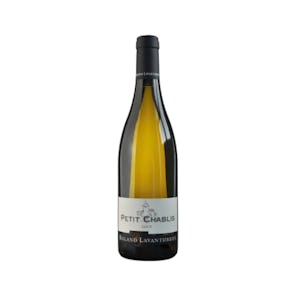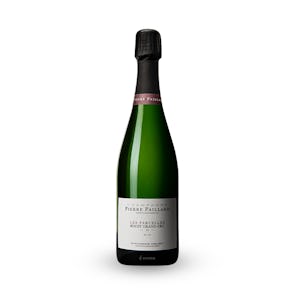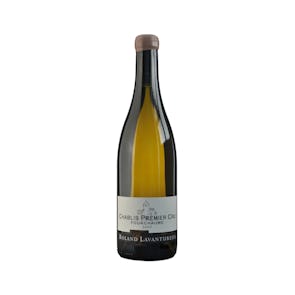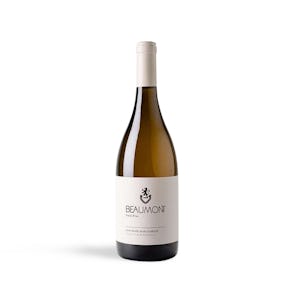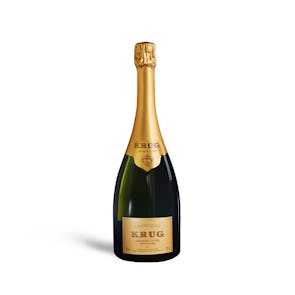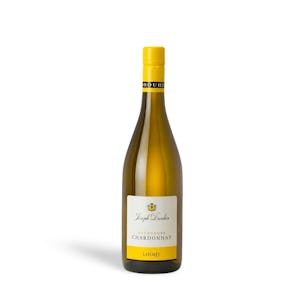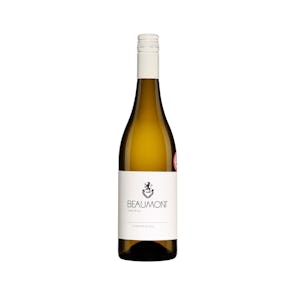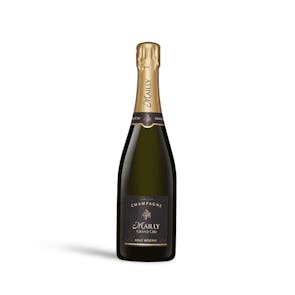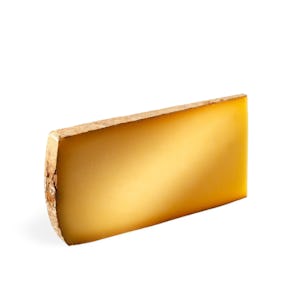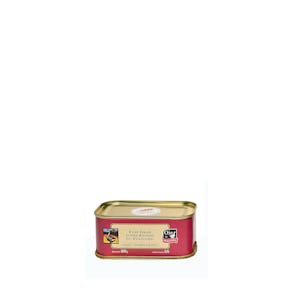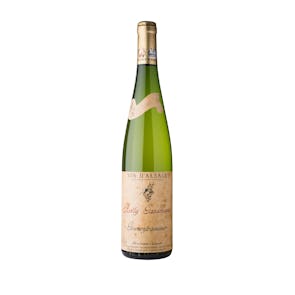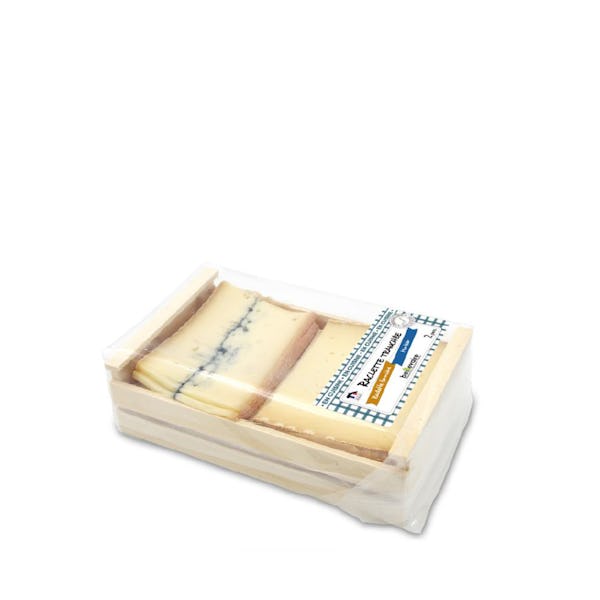
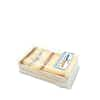
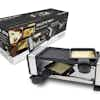
TASTING NOTES FROM THE CURATOR
Melting cheeses have gone from a European tradition to international phenomenon. Fromagerie Beillevaire, known for its curated cheeses from every region of France, offers two particular varieties in one pack, ready for you to slice up and set on a hot grill.
- Raclette de Savoie – This semi-soft cheese comes from the unpasteurized cow’s milk and is matured in spruce for at least 8 weeks. The wood imparts a nutty flavor and regulates the moisture of the rind. The pâté is creamy and dotted with small holes. It is smooth, neither salty nor sharp. This cheese is made on both the Swiss and French side of the Alps, though the French version, aside from being softer than its Swiss counterpart, possesses a strong, pungent aroma accompanied by a subtle earthiness and fruitiness.
- Morbier Bichonné – This delicate but flavorsome semi-soft cow’s milk cheese was originally made from leftover curd used to make Comté cheese, with a line of protective vegetable ash running through the middle before the Morbier wheel would be press-molded. Nowadays, Morbier is made from a single milking and production begins within 24 hours. It is aged for 100 days in natural stone cellars. Beneath its pale rind, the pâté is buttery and elastic, with the fragrances of hay, mushrooms, and flowers. It is fruity, with a delicate, creamy taste—and the distinct dark line in the center remains.
PREPARATION OR PAIRINGS
Raclette gets its name from the French word “racler”, meaning to scrape. Traditionally, raclette as a dish is made by melting the cheese over a fire or off a special machine. Those at home use a raclette grill to achieve this effect with either the cheese of the same name or Morbier. The melted cheese is then scraped onto bread as an open-faced sandwich, or else over potatoes and cured meat. Add cornichons and pearl onions for an added tartness of flavor.
For those who don’t want to melt their cheeses, these can be served as an appetizer on crackers or toasted baguette slices with chutney on the side. Whatever you decide, we recommend a glass of Riesling or a chilled Saison beer to go with your meal!
A CHEESE FROM A REGION OF ITS OWN
Pascal Beillevaire’s ethos is that the best of each region should be showcased as much as possible. The Raclette is made by their partner, Laiterie La Savoyarde in Savoie. The Morbier is a result of their partnership with Fromagerie Hervé Poulet in Granges-sur-Baume for production and Cave de Machecoul in Machecoul for the cellar-aging process. Nothing but the best goes into cheeses with the Beillevaire stamp on them.
DISCLAIMER ON AVAILABILITY OF PRE-ORDERED AIR-FLOWN ITEMS
This is a pre-ordered item at The Bow Tie Duck and will only be available while the producer from overseas is able to supply and allow air-flown delivery. In case of delivery delays, delivery cancellations, “out of stock” notices, or “out of season” notices after purchase, you will be contacted by our Support Team. You will receive a refund or product replacement, or you can choose a new delivery date for your item. In choosing to place an order, you agree to the terms and have read that this particular product is not on-hand. After a short wait, you will receive your orders fresh from the source.
Storage Instructions
Cheeses (except brined ones in jars) should be stored in the crisper or the butter drawer of a refrigerator, not on the shelves themselves. This is to help regulate their temperature and humidity levels—and prevents the formation of mold. Once opened, they should not be kept in their original packaging. Semi-hard cheeses (including blues) should ideally be wrapped in cheese paper after opening. An alternative is to wrap them tightly in parchment paper to allow them to breathe, then loosely in aluminum foil to keep moisture out. Don’t forget to write up a label with the date you first opened the package. Replace the parchment paper every time you open the cheese, and it will be fine for up to one month. Cheeses are air-flown from France on demand. They are meant to be consumed within 1 to 2 weeks of their arrival at your residence.


